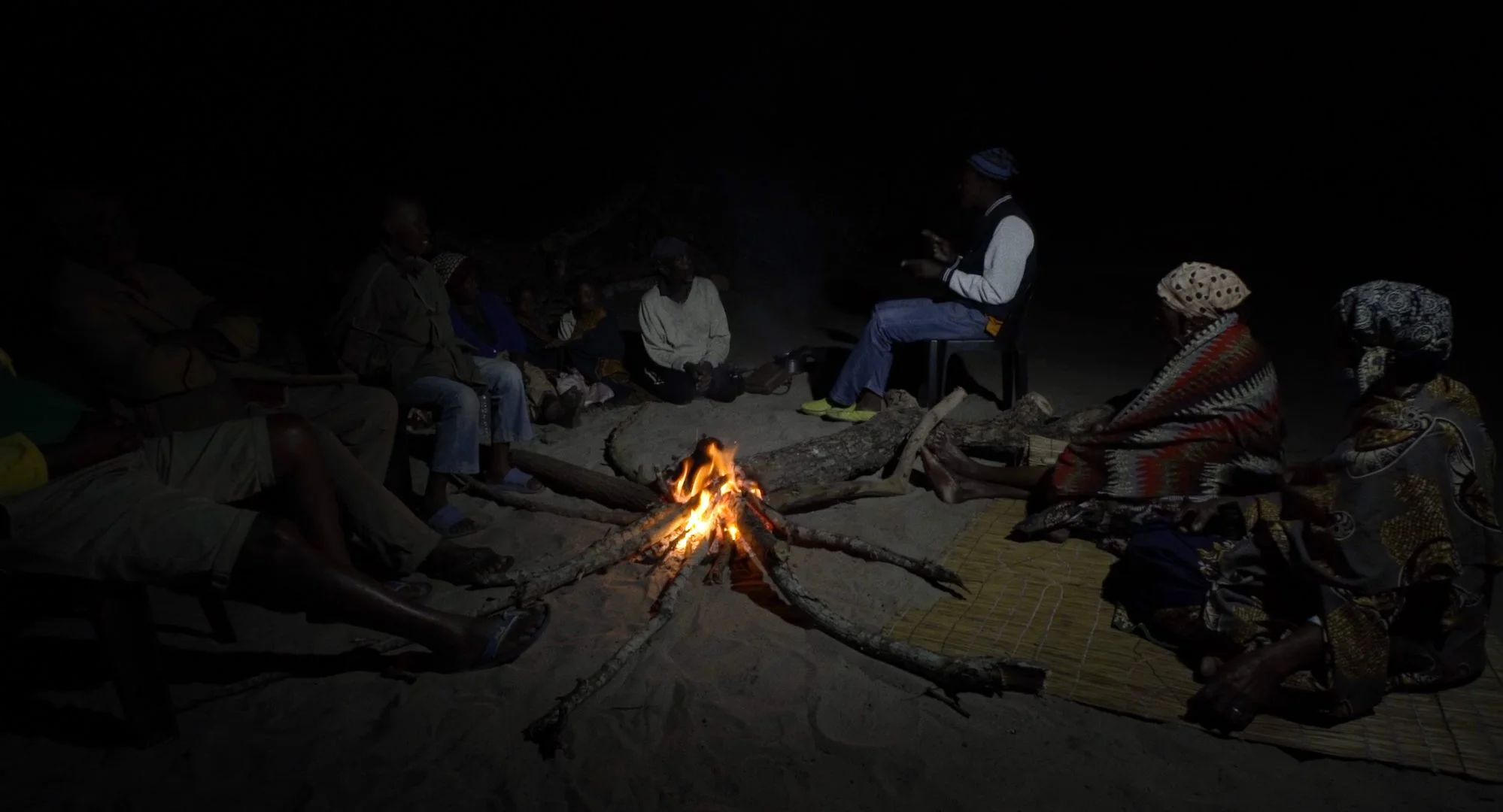The Invasion, a patient and terrible testament to Ukrainian resilience by a documentary great
Doc Weekly was at this year’s États généraux du film documentaire in Lussas, France, for a rare screening of “The Invasion” (2024), followed by a Q&A with Sergei Loznitsa.
Les États généraux du documentaire de Lussas 2024 in the Ardèche, France
Weeks after seeing it, scenes and characters from Sergei Loznitsa’s new film, “The Invasion”, documenting daily life in Ukraine since Russia’s invasion, remain burned into the retina. An unflinching crowd of hundreds stood still in mourning despite the ear-splitting warning of an air-raid siren; the determination of schoolteachers as they continue class in a subterranean shelter; the jokes shared between countryfolk awaiting the delivery of food parcels, bombs exploding in the distance, before they cycle off, alone, into the forest from which they came. Images of the fighting itself are never shown and they needn’t be. “The Invasion” shows with terrible grace and patience both the horror of the war and the dignity of the people fighting to continue life as ordinarily as possible.
After premiering at this year’s Cannes festival, Loznitsa’s new film (Mr. Landsbergis, Babi Yar. Context, Maïdan) is a long watch at 145 minutes - with almost no words and fixed shots only - that depicts life in Ukraine through snapshots of people, places and events. Filmed across two years, Loznitsa explains that each individual sequence was originally intended to be a five to ten-minute short for television (the film is produced by Arte) but as his work went on, and the project began to take shape as a whole, the need for a feature format became more and more obvious.
The result grants the sensation of travelling across the country and pausing, totally invisible, to observe a funeral, a wedding, a day at school, a petrol station, a bridge… The landscape changes from urban to rural, gradually the air raid siren is replaced with the pitter-patter of shells going off, but of course we never get to the front. The horror of that place is left to the imagination alone.
Loose of any narrative structure and moving at a slow pace, the film at times lulls the viewer into a false sense of security. Some of the banalities of quotidian life sometimes seem unaffected, until an alarming development shakes you out of your torpor. In a sequence dedicated to a re-education centre for amputees, the first shots show men exercising in what appears to be a regular gym pool, only for one of them to be helped into a wheelchair by a carer, revealing amputations above both knees.
Loznitsa’s extraordinary accomplishment with “The Invasion” is of successfully portraying the resilience of the Ukrainian people without downplaying the horror of their circumstances. The shot of an elderly woman stacking the bricks of her destroyed home, alone, as the sun sets and distant shelling continues, comes to mind. A heartbreakingly pointless task that she undertakes relentlessly, attentively. That he does so without showing a single image of the front and with fixed shots alone is a testament to his experience and reputation as one of the most important documentary filmmakers of our time.
Sergei Loznitsa and the film's team at the Cannes Film Festival 2024









